Glenasmole Lodge, on the edge of Co Dublin, 6km from Firhouse but a million miles away in terms of grandeur, scale and storied history. The property and its lands would give the Disneyfied Enniskerry a run for its money, as it has featured in several films, most notably John Boorman’s The General, which was filmed on its lands.
The property is about to add another screen credit to its CV, for it will appear on the small screen in the autumn in a new RTÉ series with a working title of Ireland’s Most Amazing Homes. The series is being made by Waddell Media, the Belfast-based production company that made Britain’s Most Expensive Homes series for Channel 4 last summer. Asking €4.25 million, Glenasmole Lodge, a sporting estate on more than 220 acres straddling counties Dublin and Wicklow. It has a Dublin 24 postcode and yet is adjacent to the Wicklow National Park; the county boundary runs through the holding, as does the river Dodder, whose source is nearby.
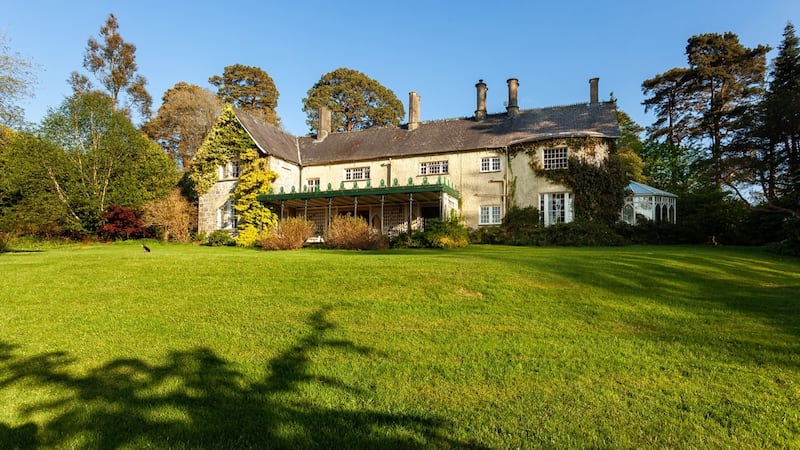
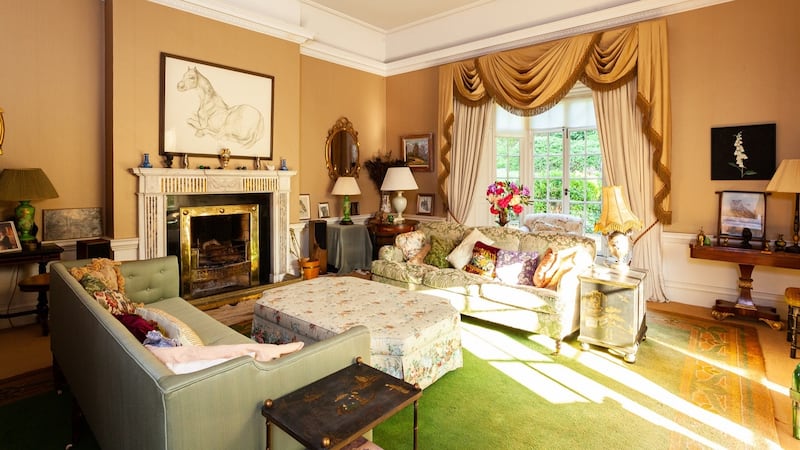
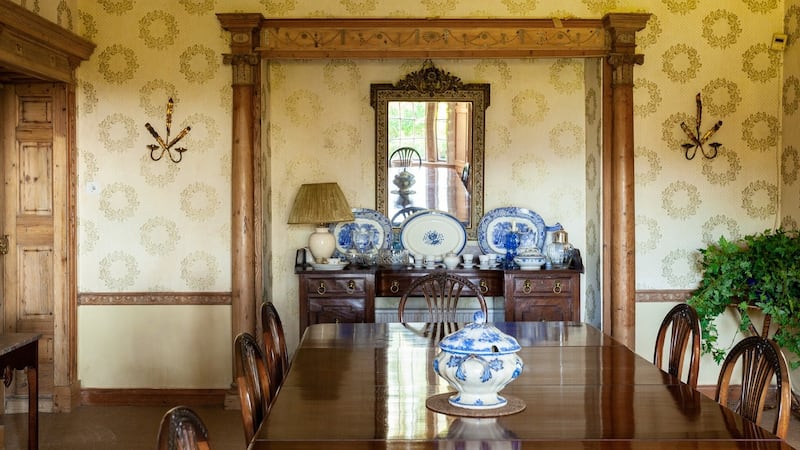
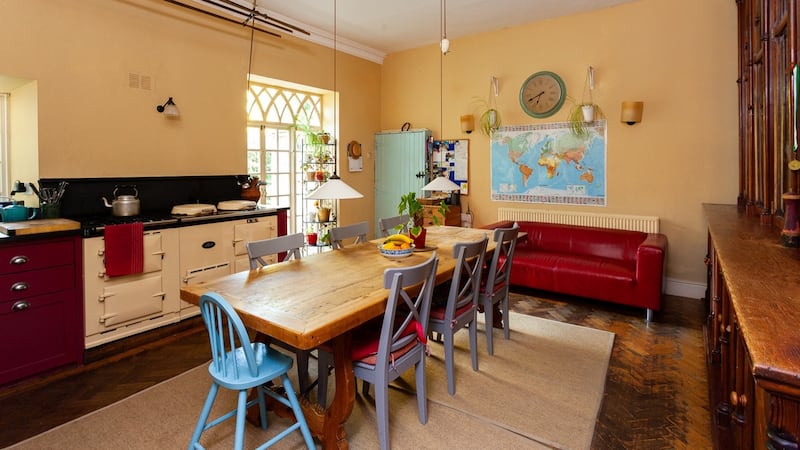
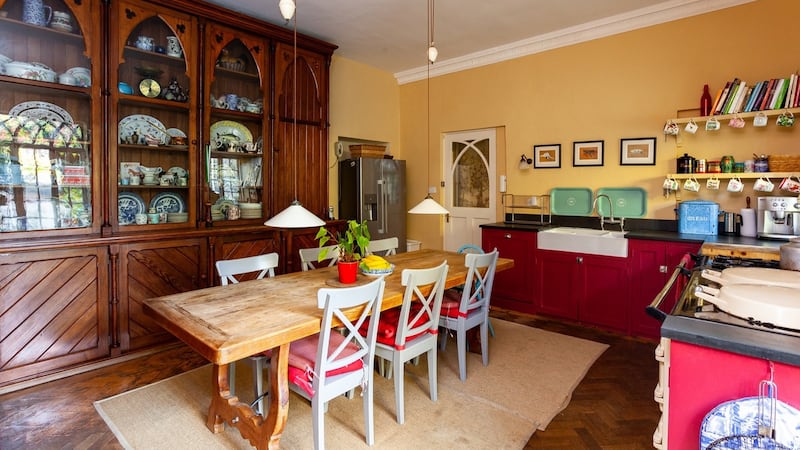
Built in 1792 by George Grierson, whose family were the king’s printers in Ireland, the lodge has high gables and tall chimneys, and commands impressive views across a valley of bracken and gorse-clad slopes to the Bohernabreena reservoir in Glenasmole, in the Dublin mountains. It is a remarkably photogenic place to locate a house.
It is said that Fionn MacCumhaill and the Fianna liked to hunt deer in the valley. The deer still roam the valley and while they don’t eat the rhododendron or the azaleas they seem to like everything else in the garden, the owner, who bought the place in 2001, laments. Such are the downsides to living in such an apparent wilderness; yet the estate is within easy reach of the shops at Firhouse.
The gardens extend to 34 acres and include pasture and woodland featuring Scots pine, beech, mountain ash and the aforementioned rhododendron, shocking pink at this time of the year. Golden variegated Irish yews and other ornamental conifers line the driveway.
The estate includes another 173 acres of ancient grouse moorland, subject to turbary and grazing rights, home to red grouse, woodpeckers and some cuckoos.
“It is the biggest small estate in Co Dublin,” says the owner.
Many of Ireland’s great houses have been documented in a myriad of coffee-table books. Glenasmole is featured in the 1912 The Neighbourhood of Dublin by Weston St John Joyce and in fashion designer Sybil Connolly’s 1988 In An Irish House, which heralded in a new era of appreciation.
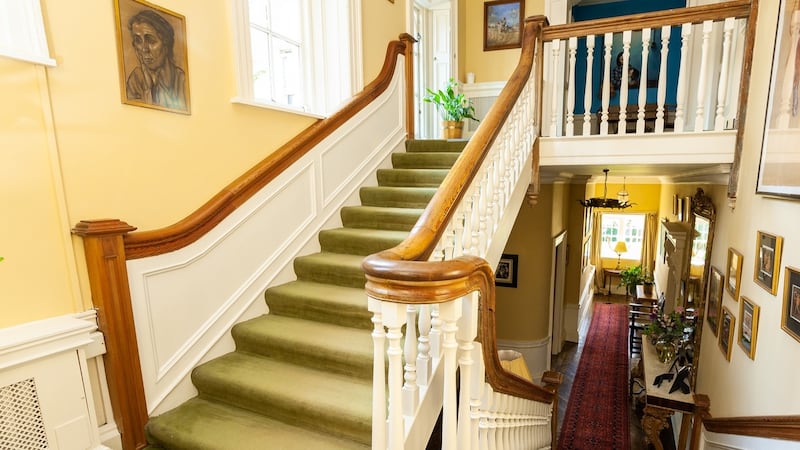
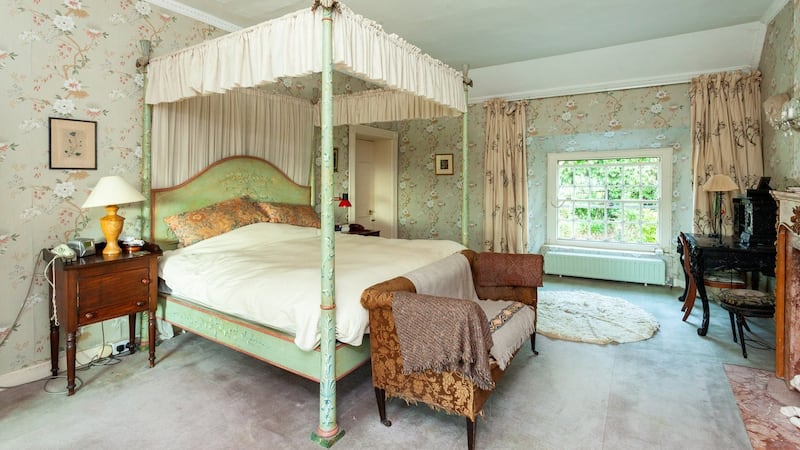
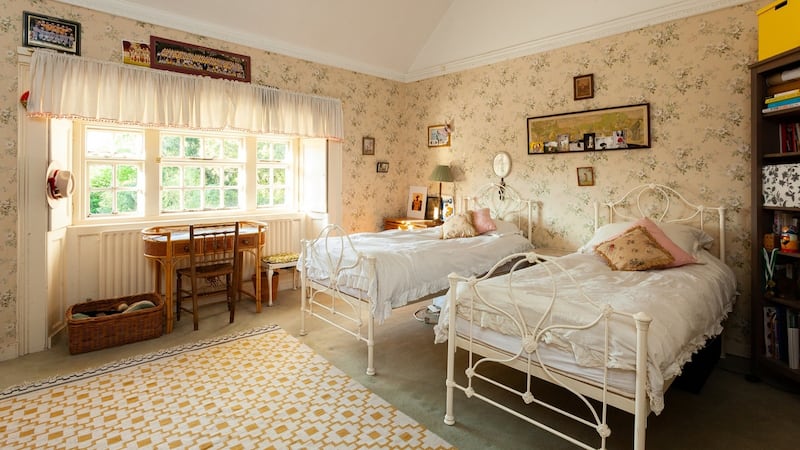
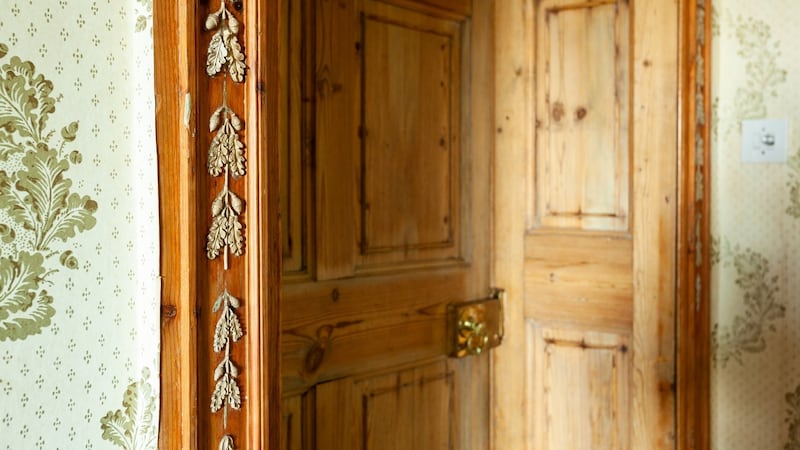
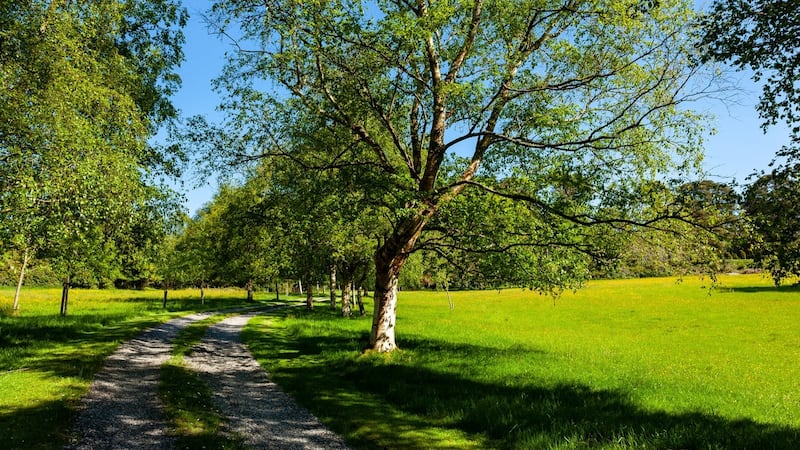
And while the property – which extends to 507sq m (5,467sq ft) – has a colourful history that includes it being ruined by fire and restored in the 1800s, hence its Regency-cum-gothic look, it is first and foremost a family home where the current owners reared their children in what the owner describes as “a Swallows and Amazons existence”, after the children’s adventure novel by Arthur Ransome that was turned into a feature film.
The children had ponies and there is plenty of room in farm buildings, stables and a restored cottage, but it is the grounds themselves that are notable, says the owner. There are stately trees, some more than 200 years old and soaring to 200ft, that shelter the property and lend it a secret feel, explains the owner.
“It is a very atmospheric house,” he says, having lived there since 2001. “The fixtures in the house are its most important feature. We haven’t done a lot to it structurally but have spent a lot on decoration.” This includes papering many of the interior walls in hand-printed designs by luxury Paris-based house Zuber.
Previous owners the Judds, who had lived there since the 1960s, put their own stamp on the place, adding architectural elements including ornamental panelling and multiple fireplaces salvaged from Georgian houses facing demolition. In an earlier addition to the house the family room, which has gothic-arched bookcases, opens out to the veranda whose cast-iron columns came from Crowther in London, while the decorative finials hail from a chemise on Westmoreland Street.
The dining room has a bowed front while the drawing room, set up a level on the return, is a later addition added in the early years of the 20th century. This dual-aspect room has a bay window and a vaulted ceiling, and opens out to a terrace.
A doorway to the gardens was originally housed in a property on St Stephen’s Green and includes a lantern in its fanlight.
The gardens are laid out in a naturalistic style popularised by William Robinson in the early 20th century. The property is listed, as are many of its trees. So too is a stone known as Fionn MacCumhaill’s stone. The estate is seeking €4.25 million through joint agents SherryFitzGerald Country and Christies.











